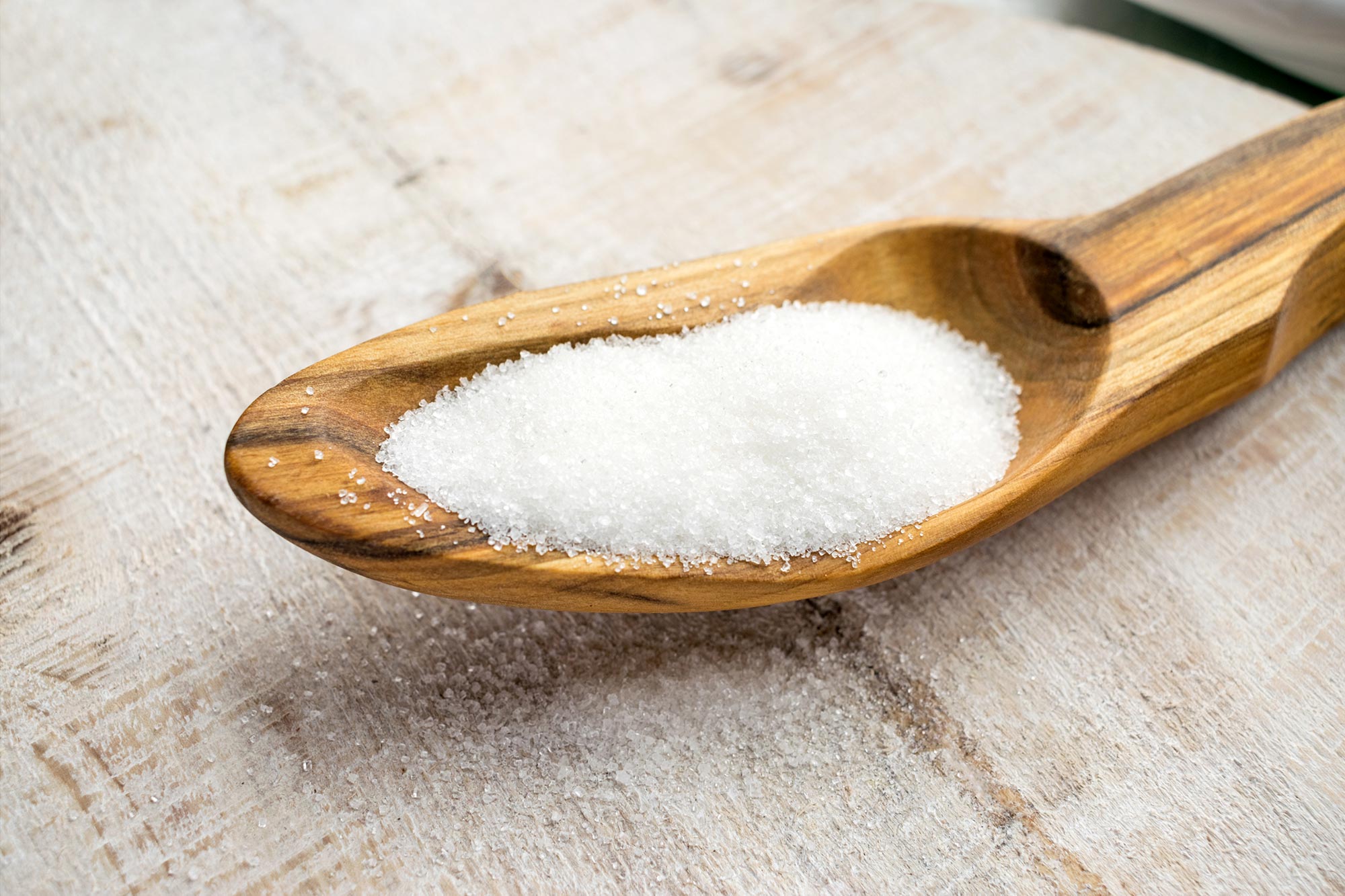Sucralose, an artificial sweetener, cannot be broken down by humans or many microorganisms, leading to its presence in water systems. A study found that sucralose alters the behavior of cyanobacteria and diatoms, potentially disrupting ecosystems. More research is needed to understand its full environmental impact.
New research explores the environmental implications of sucralose, showing its potential to disrupt aquatic microbial populations and stressing the need for further research to assess its full impact.
Scientific research has well established that the human body cannot break down sucralose, an artificial sweetener present in numerous zero-calorie foods and beverages. Due to its stability, sucralose can pass through wastewater treatment processes and consequently, it is found in drinking water and aquatic ecosystems.
“We can’t break down sucralose, and a lot of microorganisms can’t break it down, either, because it’s a really tough molecule that doesn’t degrade easily. So there are a lot of questions about how it is affecting the environment and whether it’s something that could impact our microbial communities,” said Tracey Schafer, an assistant research scientist for the University of Florida’s Whitney Laboratory for Marine Bioscience and the soil, water and ecosystem sciences department, part of UF’s Institute of Food and Agricultural Sciences.
Study on Cyanobacteria and Diatoms
Schafer is a co-author of a recently published study demonstrating how sucralose affects the behavior of cyanobacteria — an aquatic photosynthetic bacteria — and diatoms, microscopic algae that account for more than 30% of the primary food production in the marine food chain.
Researchers collected soil and water from a freshwater site and a brackish water site in Marineland, Florida. Back at their St. Augustine lab, they exposed samples to different sucralose concentrations and measured DOI: 10.1007/s10661-024-12610-5













/https://tf-cmsv2-smithsonianmag-media.s3.amazonaws.com/filer_public/d1/82/d18228f6-d319-4525-bb18-78b829f0791f/mammalevolution_web.jpg)






Discussion about this post